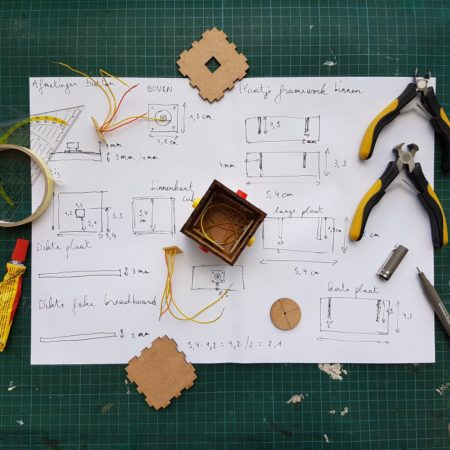Whether you are working to create physical products via a manufacturing process, or a multimedia product with software, prototyping is an essential part of the process. A prototype can be tested to ensure the product is fit for purposes, highlight any errors, and to make sure it is entirely functional and working well enough for wide-scale distribution.
In short, prototyping plays an incredibly important role in the product life cycle, and it’s something that you need to get right. In this guide, we’re going to take a look at some of the critical issues you need to know about the process. Let’s get started with the basics.
Why prototype?
As we briefly touched on above, prototyping is a great way to iron out a product’s kinks and ensure it is fit for purpose. But it’s also suitable for a number of other scenarios. For example, you may need a prototype to use at a display, exhibition, or meeting with potential investors. They are also handy for customer feedback – does it really meet their needs? Getting both form and function right is critical – it has to look good and perform well.
What should a prototype look like?
However, this is not to suggest that a prototype needs to be perfect – it all the stage of development you have reached. As pointed out over at designshack.net, in early-stage development, some inventors can make a very basic prototype from some simple bailing wire and duct tape, just to help with visualization or to test how the product might work. Then, there is the opposite end of the spectrum, resulting in complete representations of the final product. In short, prototypes need to be fit for the purpose that is necessary right now, based on the prototyping methods that fit that purpose. But what, exactly, do those methods look like?
Prototyping methods
In days gone by, prototypes of physical products would be mocked up with clay, wood or other solid materials – or duct tape and bailing wire, as outlined above. However, moving beyond the mockup phase requires a little more thought. As you will find out by visiting LaserLight.com, this could involve highly intricate practices such as micro drilling, and perhaps even using ‘rapid prototyping’ – such as with CNC, 3D printing and SLA or SLS. Regardless of the method, however, it’s important to remember that the goal of creating a prototype is for learning, experimenting, visualizing and improving.
Conclusion
Prototyping is all about developing insight. Whether that’s your insight on how the product will eventually work or an investor’s insight into the viability and potential commercial success of a product depends on which side of the product development scale you are currently in. It’s an incredibly powerful tool that helps the transition between design and production, but it’s also critical. Without prototyping, there is no way of establishing whether or not a product will be successful on the market – it’s that simple.
Do you have any tips on prototyping? Why not share your knowledge by leaving a comment in the section below?
